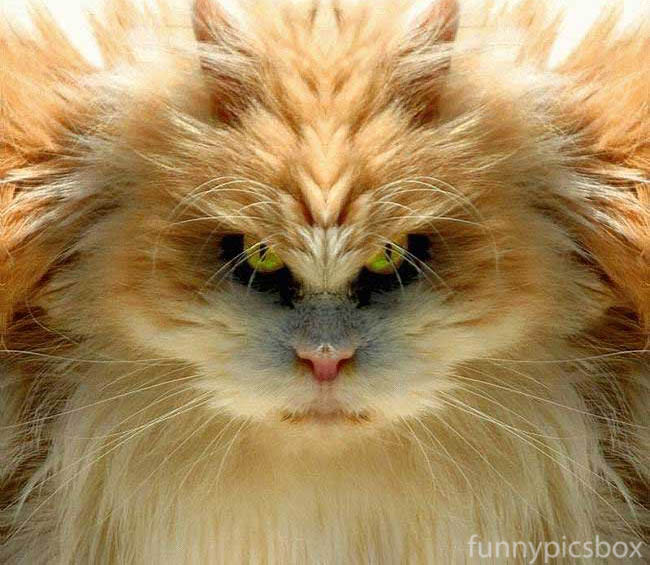Teaching Kitties to Utilize the Litter Box: Tips and Techniques
Teaching Kitties to Utilize the Litter Box: Tips and Techniques
Blog Article

Cat litter and litter boxes play an essential role in the lives of both felines and their owners. From the modest beginnings of sand and soil to the ingenious advancements of today, the world of cat litter has progressed substantially. In this extensive guide, we explore every element of cat litter and litter boxes, exploring their history, types, advantages, obstacles, and everything in between.
The history of cat litter dates back centuries, with ancient civilizations using sand, soil, and even ashes as primitive litter products. Nevertheless, it wasn't till the mid-20th century that modern-day cat litter as we understand it emerged. In 1947, Edward Lowe introduced the world's first industrial cat litter made from absorbent clay, reinventing the method felines relieved themselves inside. Because then, cat litter has undergone numerous changes, with the intro of clumping litter, silica gel litter, eco-friendly options, and more.
Today, cat owners are spoiled for option when it pertains to picking the right litter for their feline companions. Traditional clay litter remains popular for its affordability and effectiveness in absorbing odors. Clumping litter, which forms strong clumps when wet, simplifies cleaning and upkeep. Silica gel litter, composed of highly absorbent silica crystals, offers superior smell control and longevity. Biodegradable options, such as recycled paper, wood pellets, corn, and wheat, appeal to ecologically mindful customers.
Each kind of cat litter provides unique benefits. Clay litter masters its capability to take in moisture and control smells, making it a dependable choice for lots of feline owners. Clumping litter streamlines everyday scooping and extends the time between total litter modifications. Silica gel litter offers exceptional smell control and can last longer between replacements. Naturally degradable litters offer a sustainable alternative that decreases ecological impact.
While cat litter enhances indoor feline health, it is not without its difficulties. Dust from clay litter can present respiratory risks for both felines and people, prompting the appeal of dust-free options. Some cats may establish litter box aversion due to issues with texture, aroma, or cleanliness, necessitating experimentation with various litters and box configurations. Multi-cat households might require strategic litter box positioning and frequent upkeep to prevent territorial conflicts and make sure all cats have access to clean centers.
Choosing the appropriate litter box is essential for cat litter boxes promoting favorable cat litter mat litter box practices and overall feline wellness. Factors to think about include size, availability, and design choices. Covered litter boxes offer personal privacy and assistance contain smells, but some felines might find them restricting or intimidating. Open-top litter boxes use easy gain access to and visibility but might result in more litter scatter. Automatic self-cleaning litter boxes enhance maintenance but need regular tracking and upkeep.
Appropriate litter box upkeep is important for ensuring a clean and welcoming environment for both cats and their owners. Daily scooping eliminates waste promptly, minimizing odor and preventing litter box aversion. Regular litter replacement, usually every 1-2 weeks, prevents bacterial buildup and keeps optimum absorbency. Extensive cleaning with mild cleaning agent and water, preventing harsh chemicals that might hinder cats from using the box, need to be carried out monthly.
Cat litter and litter boxes play a central role in fostering a healthy and harmonious relationship between felines and their human buddies. With a varied array of litter options and litter box designs offered, feline owners have the versatility to tailor their choices to fit their cats' choices and family requirements. By Self Cleaning Litter Boxes understanding the development, types, advantages, and obstacles of cat litter and litter boxes, family pet owners can provide their feline friends with a comfortable and sanitary indoor environment.